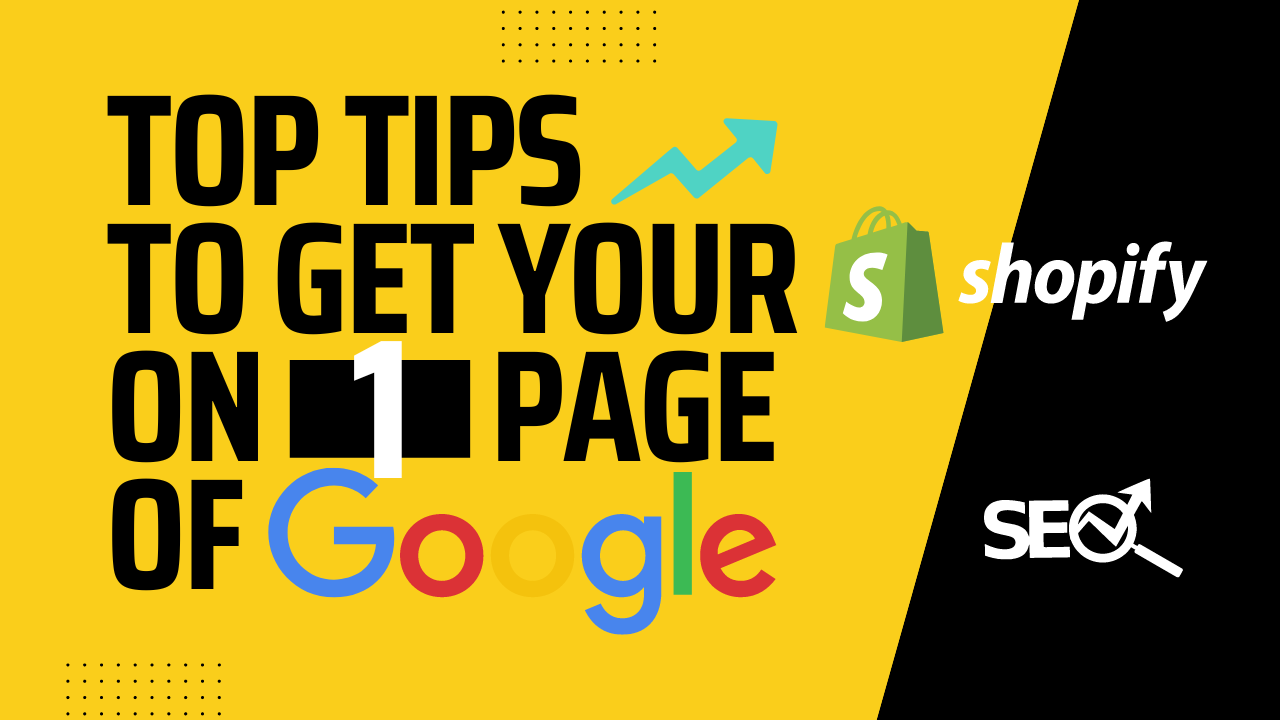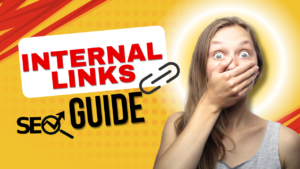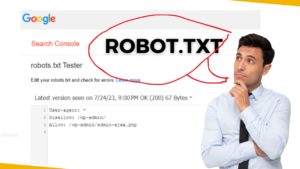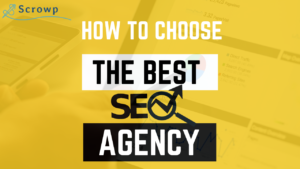
Are you looking for the best tips on How to get your Shopify store on first page on google ? getting free traffic organically and consistently?
Then yes you have come to the right place. This article will share with you the basic but the most important metrics that will help your store rank on first page of Google.
1- Choose the right keywords
Keywords are the heart of SEO, If you use the right keywords (on your page title and content), visitors will most likely land on your website from a search engine like Google.
But a question rises here, how to do to find the right keywords to rank your Shopify store on first page of Google?
Instead of doing manual research — which can be very time consuming – it is better and wiser to think about is using an online keyword research tool such Semrush.
Another prominent and effective way is by using the Google recommended researches that appears at the bottom of the Google page when you made a research, for example : if you search for (what are the best gold clubs) Google will give you the most searched keywords related to your query (screenshot below)

2- Use relevant meta title and description
A meta title, also known as a title tag, refers to the text that is displayed on search engine result pages and browser tabs to indicate the topic of a webpage.
Meta description is what it is displayed just below the meta title, meta description is extremely important as it shows the short description of your page.
Your Meta description should be unique to each page and give shorts but relevant information about the page content.

The keywords you use must be targeted ones. A meta description can convince the customers to click the link. Make sure that all pages have unique meta descriptions. Accoding to Google, a well-written meta title and description will increase the CTR (Click Through Rate) to your Shopify store.
3- Alt tags for images and videos
Most of Shopify store owners focus on Facebooks and Google ads, products, pricing, … and most often forget about adding alt text (also called alt tag) to their images and videos.
Google is a robot and not a human, it recognizes an image by its ALT TEXT ONLY, and by adding a relevant ALT TEXT, you will have the chance to have your products featured in images tab in Google search.

As you could noticed from the screenshot above, Google prioritized featured images for they keyword (men t-shirts) before showing the relevant websites for this query.
Images and videos give much more dynamic and vision, and are more attractive to the user’s eye than a simple text.
4- Always refresh and keep your pages up to date
Let’s say you typed in Google (What’s the population number of France?), Google surely won’t show you an outdated article of 1999, google will undoubtedly feature the most updated/recent article so you can know what is the population of France for the present year.

Because Google has introduced the freshness as a ranking factor, indeed ! Google loves fresh and frequently updated content.
5- Submit your SiteMap to Google via Google Search Console
Once you have your Shopify store up, It’s really important to submit an XML sitemap from the Google Search Console.
A sitemap is a file where you provide information about the pages, videos, and other files on your site, and the relationships between them.
The goog news is that you don’t need to be a code or Shopify expert to submit an XML sitemap to Google, in fact Shopify automatically generate a sitemap.xml file. Learn more how to submit your XML sitemap to Google.
6- Write blog posts frequently
As you know content is the king of SEO. People love reading news, information, getting tips and recommendation before buying a product, and one of the way to do this is by writing high quality blog posts within your Shopify store.
Luckily for Shopfiy merchant, we have developed a professional blog template on Scrowp theme, which is also SEO friendly to help brands write and publish eye catchy articles.
Writing blogs is one the great ways to overcome some giant competitors like (Amazon, ebay, Etsy, …) How ? Because if you focus only on optimizing your products SEO, you won’t be able to compete with eCommerce giants for some keywords related to a direct buying purpose, for example if someone searched for (I want to buy men sneaker), the eCommerce giants will most likely appear before your site, because they are well established since 15+ years, they have more than 2 Billions backlinks, ….
The best way to overcome them is by writing informative articles to drive traffic for some specific keywords, and one those visitors are on your blog, you can turn them into potential buyers by inserting internal links or featuring products withing the article paragraph or sidebar
7- Create high quality backlinks to your Shopify store
To get your Shopify store on first page of Google, search engines will look which other authority websites are linking to you.
There are several ways to get high quality backlinks to your Shopify store.
- Accept guest posts
- Share your site, your products and your article on social media
- Add your profile to relevant websites
- Post quality content, so people can like theme and share them with their family and friends
- Sponsored posts
- Create a Youtube Chanel and add your links to the video description
- Pin on Pinterest
- … etc
8- Optimize your on-page SEO
On-page SEO are some Technics done to fix and optimize the backend of your Shopify theme and to optimize the front end (internal linking, changing the layout, …) to get the possible ways of ranking your store on Google.
On-site site is a bit complicated and it is far from only fixing the heading structure and optimizing the keywords.
9- Fix the broken links
You must identify broken links on your site and either remove them or replace them with another functional link.
If you feel that you have lot of broken links in your current store and you have lot of suspected pages, the best free tool to use for broken link checking is Check My Links. Use it to fix your broken links and increase your off-site SEO score.
10- Add title attributes to your links
When hovering over a link, the link title attribute gives additional information about the page being linked to.

Most of Shopify themes except Scrowp are not SEO friendly, and they don’t have link title attributes built-in, so if you have other theme than Scrowp, don’t forget to add title attributes to your links.
Conclusion
In this article, I showcased the basic to get your Shopify website on first page of Google.
Advanced SEO requires coding knowledge and hard daily work and a deep analysis of your competitors ranking
Getting free consistent organic traffic will take some time (weeks to months) to see a significant improvement, if you have the budget and feel a little bit lazy to maintain a sustainable SEO Technic improvements, hiring an SEO agency is then a must.
You may also be interested in reading : Checklist for on-page and off-page SEO.






6 thoughts on “Top 10 Tips to Rank your Shopify Store on Google”